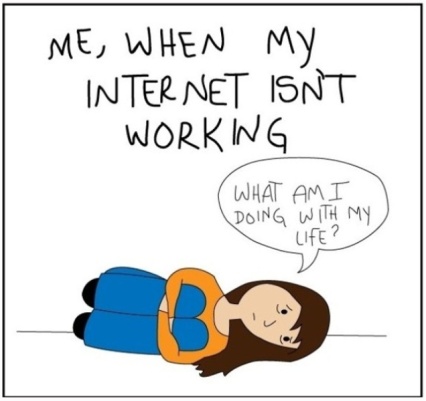Topic 1: Reflection

After reading through my classmate’s post and commenting on Rachel and Tor’s post. I realised that we all have similar ideas with regards to the concept of Digital “Visitors” and “Residents”.
What I’ve learn thus far is that many people are digital residents. Most of us interact with the world through social media platforms such as Twitter, Instagram and Facebook.
However some, like Rachel, feels that they belong to the happy middle. Which I felt was nice as often, we are pressured to join social media platforms because it’s the “in” thing or for the sake for school work, for example, this module itself. Then from digital visitors, we transform into digital residents. But do we really want to be a digital resident?
What struck me most was Ebrahim’s video regarding the “Amazing Mind Reader” and how he attained his skills. You should check it out if you haven’t. It makes the viewers question social media and it’s effects.
Overall. I understand the need to divide a digital visitor and a digital resident. It was important to segment consumers as such especially if you are a marketer. However, is there really a need to?
From the various views I read I noticed a trend whereby the resident is more preferred than a visitor. It made me wonder why?
We are in the generation whereby digital skills are highly priced. Both the visitor and the resident undoubtedly has the skill sets required in a typical company. As Tor commented with regards to my post, a consumer doesn’t need to be a resident to make purchases.
So in my opinion, the big question is…
Is there a need to segment people into Digital Visitors and Digital Residents?
While I try to figure out how to answer that question, feel free to comment and share what you guys think.
BYE~
